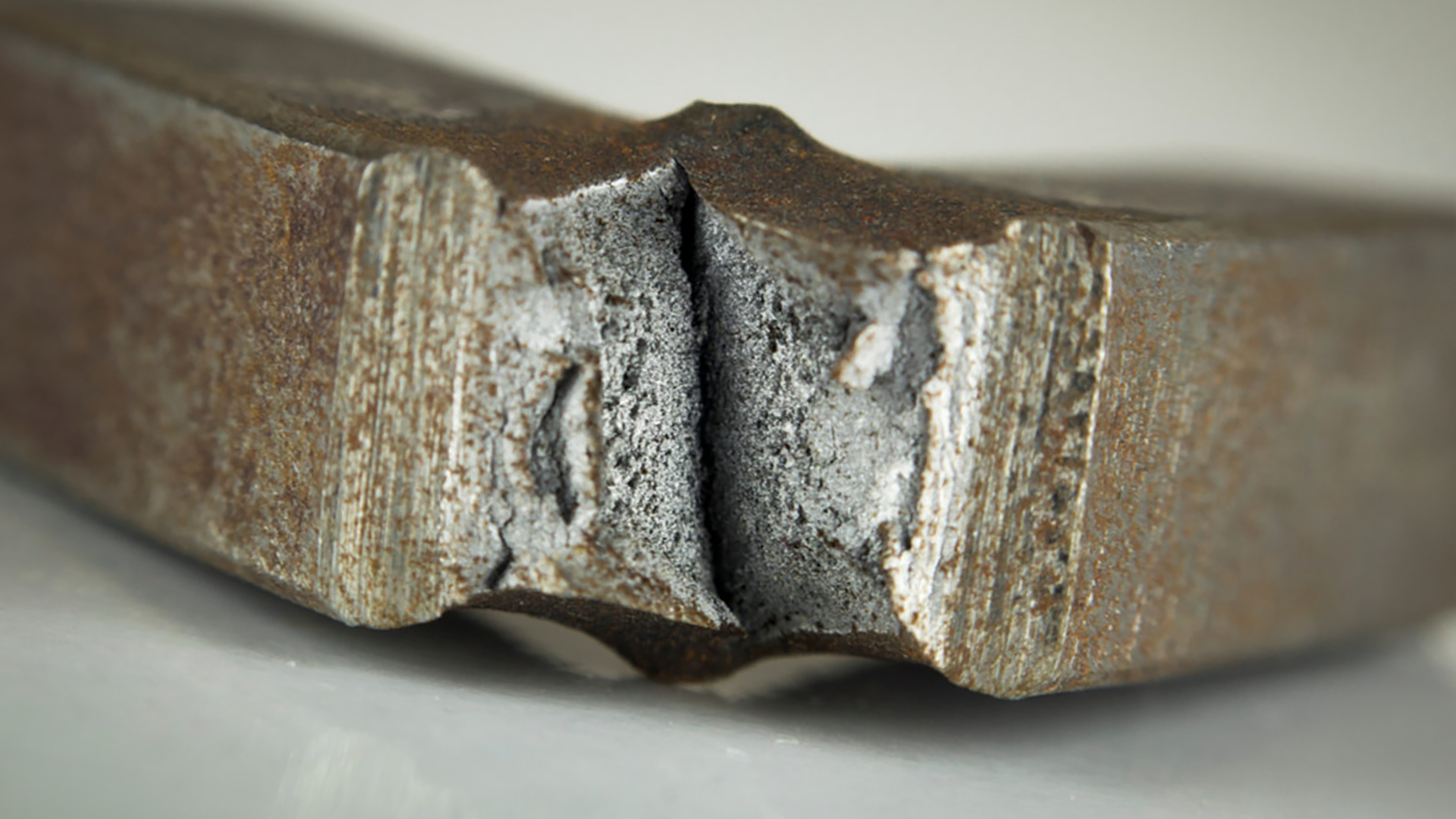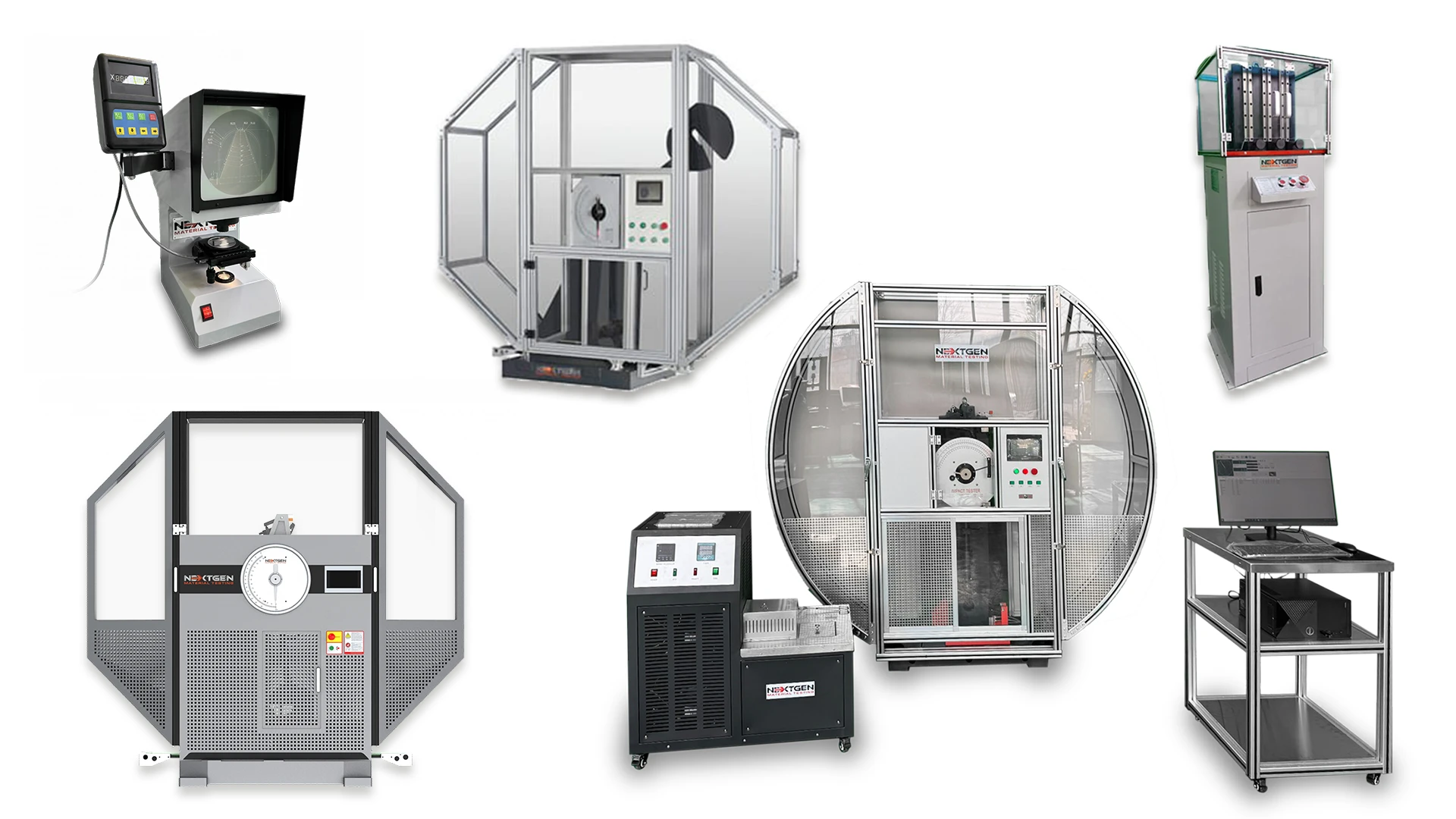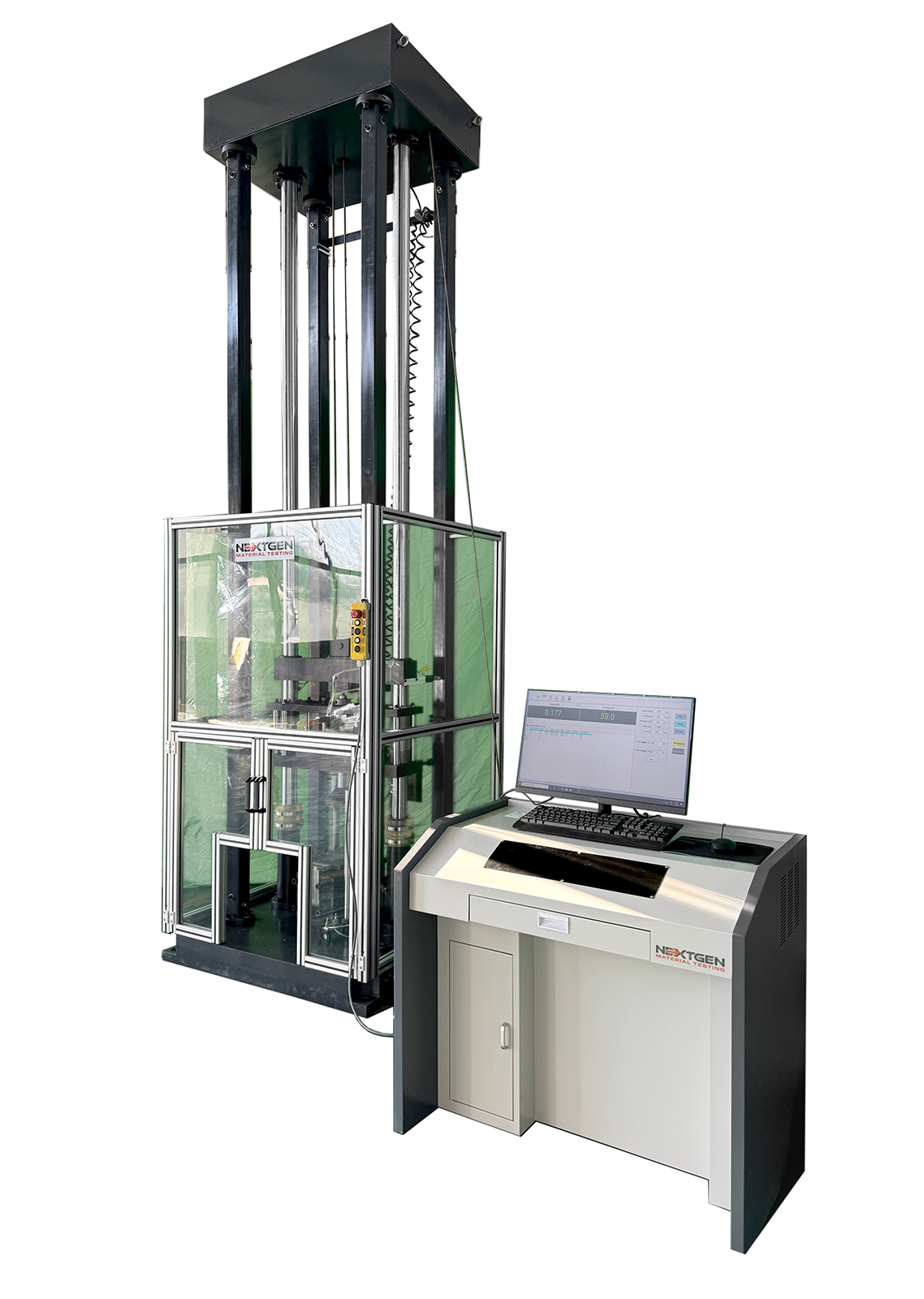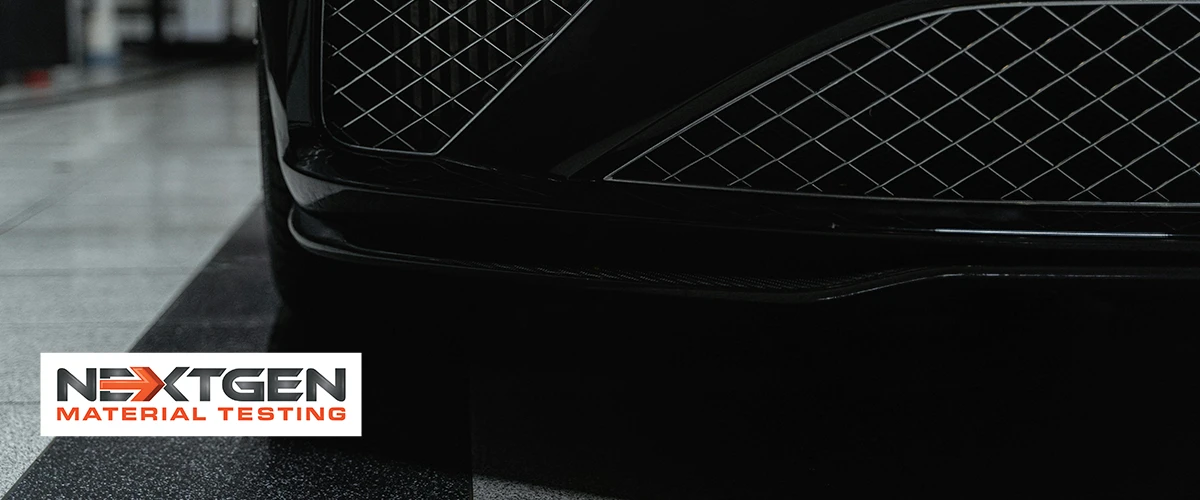Thousands of road accidents occur each day on a global scale. Some of them are inconsequential, while others result in severe vehicle damage or personal injury. In all these situations, the exterior parts of a vehicle are the first to face the impact. That is why industrial impact testing of exterior automotive components is a must.
Manufacturers understand that accidents are always possible. To prepare, they test components such as bumpers, body panels, headlight housings, and plastic trims. These tests assist in predicting the behavior of each component in the event of a collision. Engineers make decisions regarding materials, design, and safety features in order to mitigate potential damage, based on the results.
While safety is the primary objective of this type of testing, it is not the only reason. Impact testing is a mandatory procedure in contemporary automotive production for an array of practical and key reasons. This article will explain the idea of impact resistance testing, its operation, and 5 major reasons why it must be done for exterior automotive components.
What Is Impact Testing in Simple Words
Impact testing is a method that measures the response of a material or component to a forceful impact. It indicates the amount of energy that the component can absorb before it fractures, bends, or breaks. The objective is to comprehend the material’s response to actual circumstances in which force is applied abruptly, rather than gradually.

A pendulum system is one of the most prevalent methods for conducting this test. A heavy hammer is released from a fixed height and swings downward to strike the test sample in this method. The machine subsequently determines how much energy is absorbed during the impact. This yields a measurable and unambiguous outcome that indicates whether the material is brittle or robust.
Impact testing is distinct from full-vehicle crash testing. It is conducted on individual parts or small samples, such as a piece of metal or plastic, prior to the part being approved for use on the vehicle.
Automotive manufacturers use impact resistance testing to guarantee that each component can execute its intended function in the event of minor accidents or repeated impacts over an extended period. The data assists them in the comparison of materials, the verification of safety levels, and the prevention of weak designs. It is particularly beneficial for components that are anticipated to be subjected to direct impacts, such as bumpers, exterior trim, and light covers.
Why Exterior Automotive Parts Must Pass Impact Testing
Impact testing is not performed simply to gather technical data. It answers real questions that manufacturers face when designing and producing exterior vehicle parts. These tests help confirm whether a part can handle everyday conditions, meet safety regulations, and avoid long-term problems. Below are 5 specific reasons why this testing is a necessary part of the process:
1. To Guarantee Passenger and Pedestrian Safety in Real Conditions
Impact testing of exterior components is primarily done to protect people. Bumpers, front panels, and grilles are the initial components to absorb force during collisions. The effectiveness of these components in mitigating the energy transferred to the vehicle’s main structure or occupants has been verified through testing. This prevents more severe damage to critical areas, such as the engine bay or cabin.
Additionally, it promotes pedestrian safety. In numerous markets, vehicles must pass impact tests that simulate contact with an individual. The findings assist engineers in developing components that can deform without fracturing or resulting in injury. Even after a moderate impact, safety systems, such as radars, cameras, and headlights, can remain functional and protected when parts are properly tested.

2. To Meet International Safety and Quality Standards
To sell vehicles in global markets, automotive manufacturers must comply with stringent safety and quality regulations. The performance of exterior parts, particularly metal structures, in impact tests is defined by standards such as ISO 148, ASTM E23, and EN 10045. These tests quantify the amount of energy that a component can absorb prior to fracturing or deforming.
The vehicle may be disqualified from market approval if a part fails to meet the required values. As a result, in regions such as the United States and the European Union, impact testing is a mandatory step for legal compliance. Exterior parts cannot be certified for production or sale unless they have completed these tests.
3. To Select the Right Material Based on Measured Performance
When engineers are in the development phase, they are responsible for selecting the appropriate materials for each component. The cost, weight, and strength of alternatives such as reinforced plastic, aluminum, or steel are all subject to variation. Real data on the performance of each under force is provided by impact testing. This mitigates uncertainty and facilitates well-informed decisions.
Using this data, teams can prevent the use of materials that are underperforming and may be susceptible to cracking. Meanwhile, they can prevent the overdesign of components by reducing the additional material use. That balance enhances safety while reducing unnecessary weight and cost, particularly in large or exposed exterior components.
4. To Control Production Quality and Catch Defects Early
Even well-designed components may malfunction if there is an issue during the manufacturing process. Impact resistance may be diminished by modifications to material batches, incorrect temperature settings, or defects in the molding process. These issues are identified prior to the assembly of the parts through impact testing during production.
By testing random samples from production, manufacturers can detect weak batches and prevent them from reaching the vehicle. This safeguards the integrity of the final product and mitigates the likelihood of large-scale recalls, delays, or warranty claims associated with early breakage or deformation.
5. To Reduce Warranty Claims and Long-Term Repair Costs
Over the course of a vehicle’s lifespan, exterior components are subjected to repeated stress. If the material is susceptible to detachment or cracking, minor impacts from shopping carts, curbs, or road debris can result. Parts that pass impact testing are proven to last longer and perform better in such conditions.
Manufacturers receive a reduced number of warranty claims when fewer components malfunction. This reduces the cost of repairs and enhances customer satisfaction. Durability is not simply a technical advantage in competitive markets; it is a business advantage that directly impacts the long-term reputation of a brand.

Impact Testing Equipment for Material Validation
At NextGen Material Testing, Inc., we specialize in providing high-quality impact testing equipment designed to meet a wide range of industrial standards. We provide a comprehensive selection of pendulum and drop weight impact testers that are suitable for an extensive selection of materials, test types, and force ranges.
Our systems are designed to provide assistance to clients in a number of industries. These industries include automotive and transportation, bicycle and e-mobility, plastic and rubber production, pipe and conduit manufacturing, aerospace, construction hardware, and electrical enclosure manufacturing.
If you are interested in selecting dependable, standards-compliant impact testing machines for your operations, we invite you to take a look at two of our best-selling systems:
Class J – Charpy and Izod Automatic Impact Testing System

The Class J system is a precision automatic pendulum impact tester that is specifically engineered to conduct Charpy and Izod impact tests on plastic and rubber specimens. It is appropriate for both low- and medium-energy impact testing due to its broad energy range, which spans from 1 J to 50 J. This model is compatible with a range of standards, such as ISO 179, ISO 180, ASTM D6110, ASTM D256, ASTM D1822, ISO 9854-1, and ISO 8256.
The system guarantees precise angle measurement and minimal energy loss through the use of a high-resolution shaftless encoder. The color touchscreen interface enables users to easily input test parameters, view absorbed energy, and review impact toughness data. The Class J has been created to provide enduring reliability and is fully compatible with optional accessories, including Charpy/Izod span blocks, centering blocks, and low-temperature test chambers. This system is optimal for automotive suppliers, plastics labs, and quality assurance departments that require consistent and reliable impact performance data.

DWT-1800 Computer Controlled Drop Weight Impact Testing Machine
The DWT-1800 is a computer-controlled drop weight impact testing machine that is capable of testing the impact resistance of both metal and non-metal materials. The system is capable of both low- and high-energy impact testing, with a range from 3.72 to 1800 joules.
The DWT-1800 is engineered to offer safety and precision, and it includes a PLC-controlled interface, photoelectric sensors, and programmable lift heights for controlled drop testing. The system is equipped with an anti-rebound mechanism, interchangeable hammers and anvils, and a fully enclosed testing area. It is particularly advantageous for the verification of the impact durability of plastic components, as well as for the determination of the nil-ductility transition (NDT) temperature of steel. It is a critical tool for R&D labs, compliance testing centers, and manufacturers that require certified impact test results due to its long-lasting design, broad usage range, and flexibility.
Reliable Testing for Real-World Challenges
Impact testing is more than a technical procedure. It is a validated approach to formulating intelligent, data-driven decisions in the automotive manufacturing industry. This testing procedure facilitates each phase of the development of exterior components, including the selection of appropriate materials, the regulation of production quality, and the enhancement of pedestrian and passenger safety.
Manufacturers must depend on testing methods that accurately represent real-world risks and long-term requirements as road conditions and safety expectations continue to evolve. This is precisely what impact resistance testing accomplishes. It enables engineers to deliver reliable, high-performing parts to the market, reduce costs, and prevent avoidable failures.
Please request a quote or contact us directly if you are interested in selecting reliable impact testing equipment for your requirements. We are here to help you choose the right system for your application.
